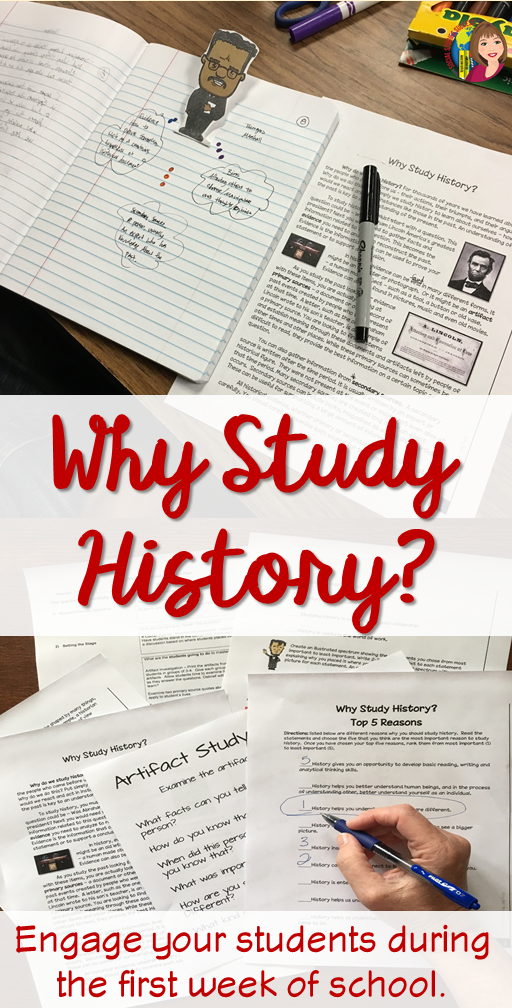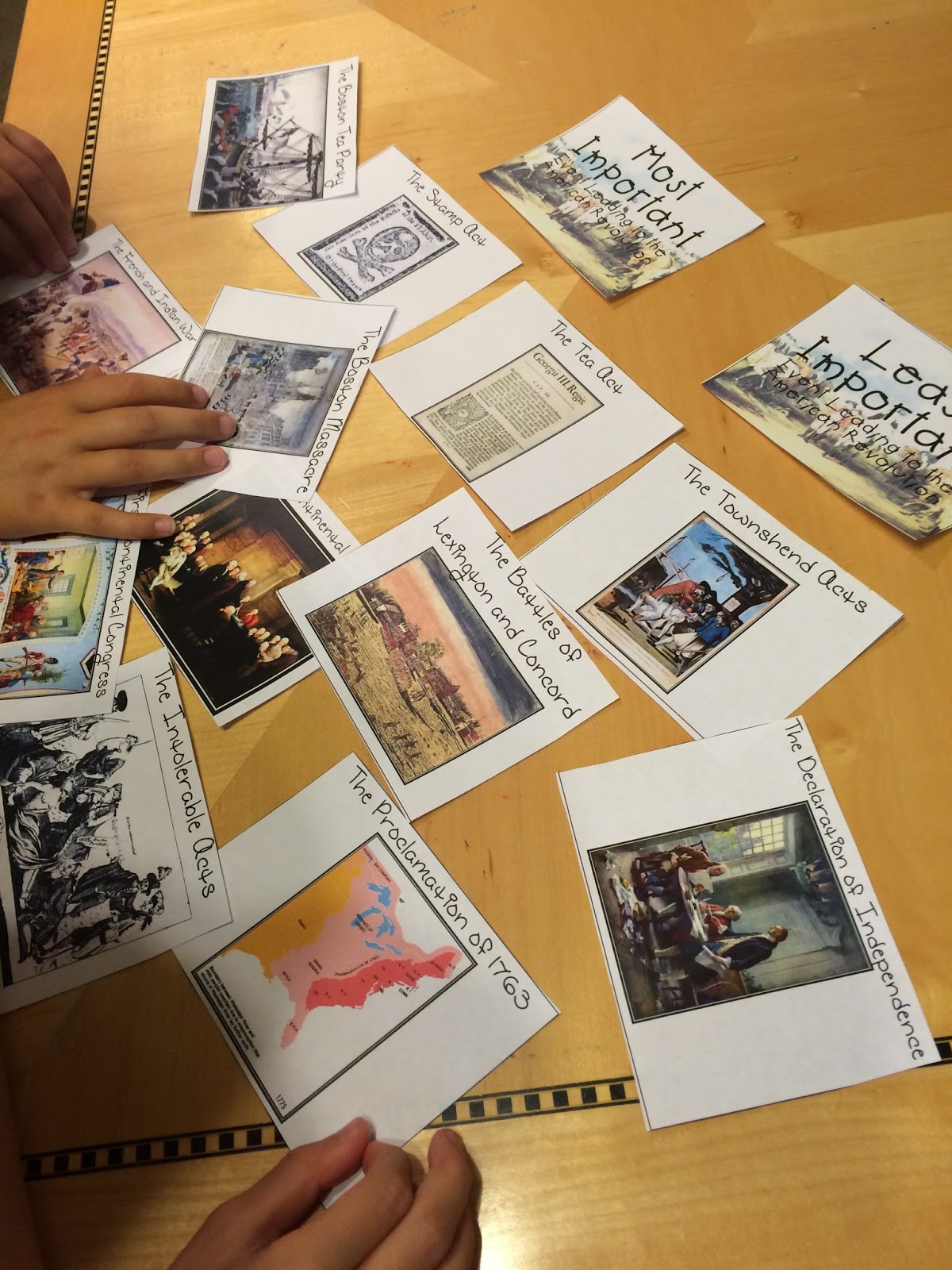One of my favorite units I do for United States history centers on Andrew Jackson. He’s such a rich historical figure that there is plenty to unpack. I love to use Andrew Jackson as a jumping off point for teaching point of view. The activity really helps kids recognize how a person’s perspective can entirely alter their understanding of history. Five of my favorite strategies are below.
1. Simplify the concepts with an introductory overview.
Research shows that if we can give kids the big picture before we start a lesson, they’ll often have an easier time remembering facts and details because they’re able to plug them into the larger schema. To help in this department, I like to provide my students with an overview at the beginning of our until that reviews the main concepts. I’ll often do this verbally, and with a hand-out that students can follow along and read. This way I can hit my auditory and visual learners.
2. Ask students to annotate reading material.
After I’ve introduced the main concepts, I’ll try to take their thinking to a more sophisticated level by asking them to engage with the material I’ve provided. One of my favorite strategies is to ask them to annotate the written overview I’ve given them with notes and highlights.
3. Teach with a continuum.
When I’m teaching a complex subject, like Andrew Jackson’s presidency we often have to recognize that there’s not much black and white, but there is an awful lot of grey. A continuum helps my students consider all of the angles of a complicated issue. With my Andrew Jackson unit, I pose specific questions and then ask students to evaluate Jackson as both a hero and a villain. After they’ve created an informed opinion, I ask them to place a mini-Jackson where they believe he falls on that continuum.
4. Build a 3-D graphic organizer.
Another tool I like to use that works well for my my visual students is a 3-D graphic organizer. I ask them to create their own organizer with Andrew Jackson cut-outs that I provide. There’s one cut-out for villain Andrew Jackson and one for hero Andrew Jackson. I ask my students to write down specific examples of hero behavior on one side and villain behavior on the other side of their graphic organizer.
5. Engage students in collaborative writing.
Sometimes kids think better when they can collaborate. One way I encourage my students to collaborate is with group writing exercises. Students take turns writing entries and then adding responses to their classmates entries. This kind of collaboration also helps them appreciate the way that point of view can impact understanding. My students frequently discover that their own points of view on Andrew Jackson’s hero and villain status are often quite varied. They’re usually surprised to find that even within our own classroom, with our modern day perspective, our points of view are usually not entirely aligned.
You can find all of my resources for teaching point of view with Andrew Jackson in my store. Visit today.












